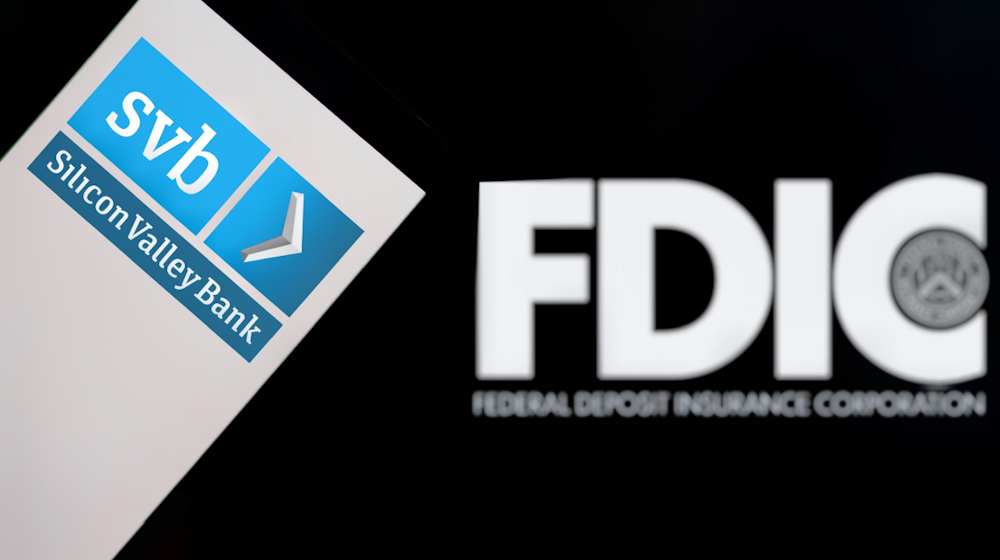(770) 344-0172
(770) 344-0172
Mar 13, 2023

Note: This situation is obviously still unfolding, but in the interim we felt it prudent to get a few thoughts out to clients with regards to what has transpired over the past few days.

President
Andrew’s career with Narwhal began as an intern during the summers of 2008 and 2009. He was hired in a full-time capacity in 2011. Andrew oversees the strategic direction of the firm and enjoys a role split between portfolio management, client engagement and operations. He previously served on the Advisory Board for the Mercer University Student Managed Investment Fund and completed the Charles Schwab Executive Leadership Program as a member of the 2019 class. Andrew and his wife Amanda live nearby in Marietta with their two kids.
At Narwhal Capital Management, you’re more than just a portfolio, and it’s not all about the numbers. Let’s start with a meeting about your needs and future goals.